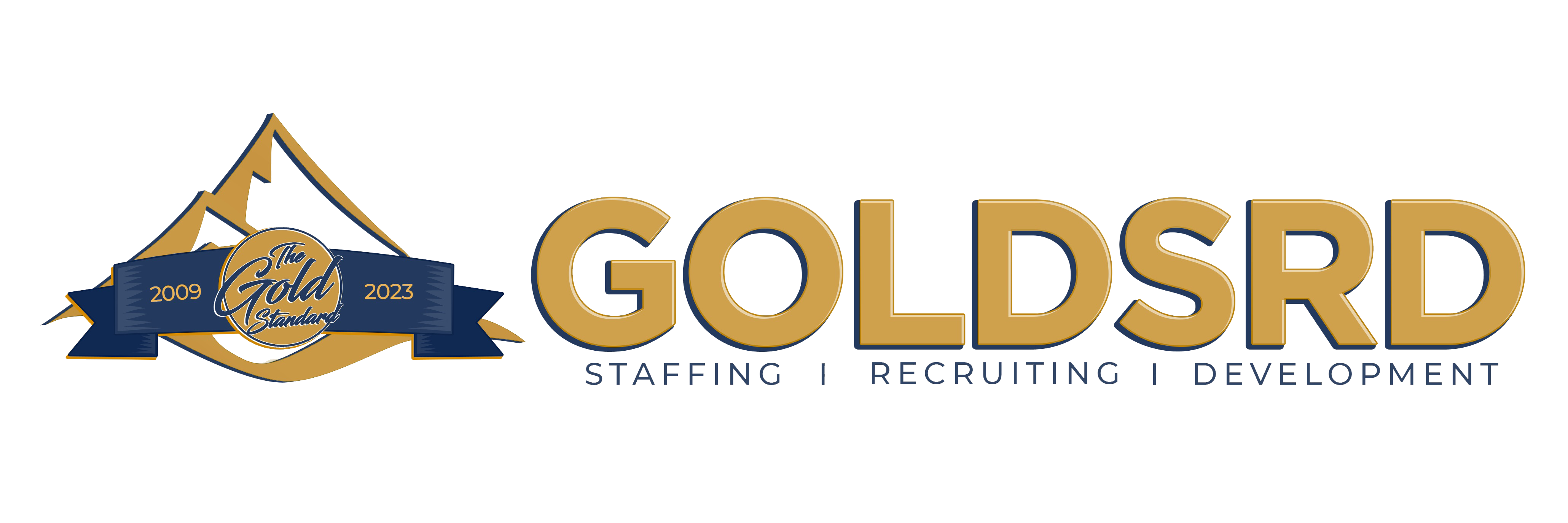SOFT Approach to Auditing
Seminar Overview
A Modern Approach to Integrated Internal Auditing
In these times of economic downturn and cost cutting, audit departments around the nation are looking for innovative ways to cut costs, meet obligations but also add value. How can audit departments meet all of these objectives with limited resources? The SOFT Audit is an integrated approach to internal audit, which combines Sarbanes-Oxley Compliance, Operational, Financial and IT Auditing into one comprehensive audit approach. This one day seminar will give you an overview of how to apply this innovative approach in your audit department.
Who Should Attend
Objectives
- Overview of varying approaches to audit and basic integration steps
- Overview of best practices in SOX integration
- Overview of IT auditing and integration of IT into general audit approaches
Agenda
I. Introduction and Background
II. What is the SOFT Approach to Auditing?
a. Origins
b. Definition
III. S – SOX/Controls Optimization
a. COSO Overview
b. Key Controls
c. Review of Controls by Area
i. Cash
ii. Inventory
iii. Fixed Assets
iv. Payables
v. Others as Needed
d. Fraud Schemes by Area
IV. Operational Auditing
a. What is Operational Auditing?
b. Key Aspects of Operational Auditing
c. Operational
d. Identifying Criteria
i. Sources of Criteria
e. Documenting Knowledge
V. Financial/Substantive Audit Best Practices
a. Audit’s role in financial auditing
b. What is substantive auditing?
i. How to utilize in internal auditing?
c. Ratio analysis
VI. IT Audit Optimization
a. Transaction Processing
b. Security
c. Reporting
d. Data Interfaces and Conversions
VII. Auditing Outsourced Operations
a. Responsibility of Risk
VIII. Integration of Audit Approaches
a. Risk Analysis
b. Overlap and Synergies between each audit approach
c. Development of audit workprograms
d. Documentation of integrated audit
IX. Staffing Needs
a. Developing multi-talented auditors
b. Identifying needs for an integrated audit
X. Creating a Comprehensive Audit Report
a. Creating an Integrated Audit Report
b. Key Sections
c. Key Information to Highlight
d. Comprehensive Example

